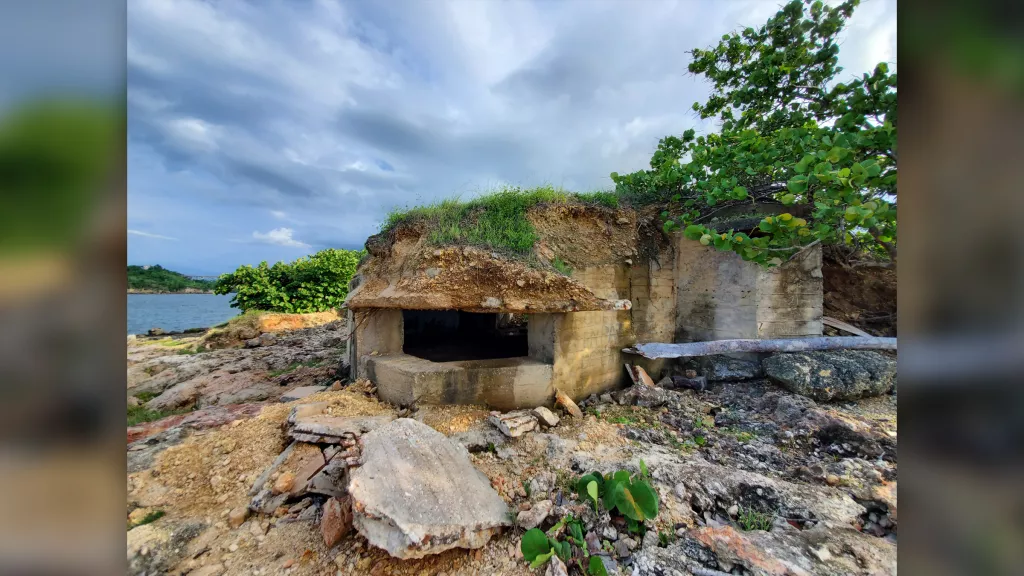Defiant message discovered in Cuban Missile Crisis bunker
Sixty years ago during the Cuban Missile Crisis, a defiant individual — likely a Cuban soldier — wrote a message in a system of bunkers and trenches on the Cuban coast declaring that surrender was not in the cards, new research finds.

Archaeologists discovered the graffiti while documenting the remains of these bunkers and trenches, which Cuba prepared in case the United States invaded the island during the 1962 Cuban Missile Crisis — a 13-day standoff that brought the world to the brink of nuclear war.
The individual’s message, written in Spanish, indicates that they were determined to fight in the event of war breaking out.


The crisis, which occurred in October 1962 during the Cold War, flared up when the Soviet Union placed nuclear missiles on communist-controlled Cuba — about 124 miles (200 kilometers) from the U.S. coast.
The United States responded by blockading the Caribbean island and threatening to invade it if the nuclear weapons were not removed — bringing the two nuclear superpowers close to World War III.
An agreement was eventually reached in which the Soviet Union withdrew nuclear missiles from Cuba in exchange for the United States removing nuclear missiles from Turkey.
While the United States did not launch a full-scale invasion of Cuba, the system of bunkers and trenches that were built to defend the island still remains.
Some of the people stationed in these fortifications left defiant messages on the walls. “Some inscriptions relating to the time of the Missile Crisis are very interesting, including one that reads: ‘aquí no se rinde nadie’ (no one is giving up here),” Odlanyer Hernández de Lara, a doctoral candidate in archaeology at the Maxwell School of Citizenship and Public Affairs of Syracuse University in New York, told Live Science in an email.
Archaeologists are documenting these Cold War defenses using 3D photogrammetry — a technique in which a multitude of digital photos are taken of an object and then processed by software to create a digital 3D model.
The system of bunkers and trenches formed an interconnected system of fortifications designed to stop American troops from landing in Cuba.
“These bunkers are concrete structures with a main and an elevated/secondary embrasure [opening] facing the sea, and a main rear entrance with two alternative exits to the sides,” de Lara said. “The trenches are excavated into bedrock, connecting the bunkers with [a] storage area.”
Some of the bunkers and trenches are in good shape, but others have been damaged by coastal erosion or other effects due to the passage of time, de Lara said.
The Cuban military stopped using them sometime after the missile crisis and they are now abandoned.
The research, which is not yet published in a peer-reviewed journal, was presented at the annual meeting of the Society for American Archaeology (SAA) that was held in Chicago from March 30 to April 3.
The SAA paper was co-authored by Esteban Grau González-Quevedo, a researcher at the Antonio Núñez Jiménez Foundation for Nature and Humanity (FANJ), a scientific institution in Cuba.
